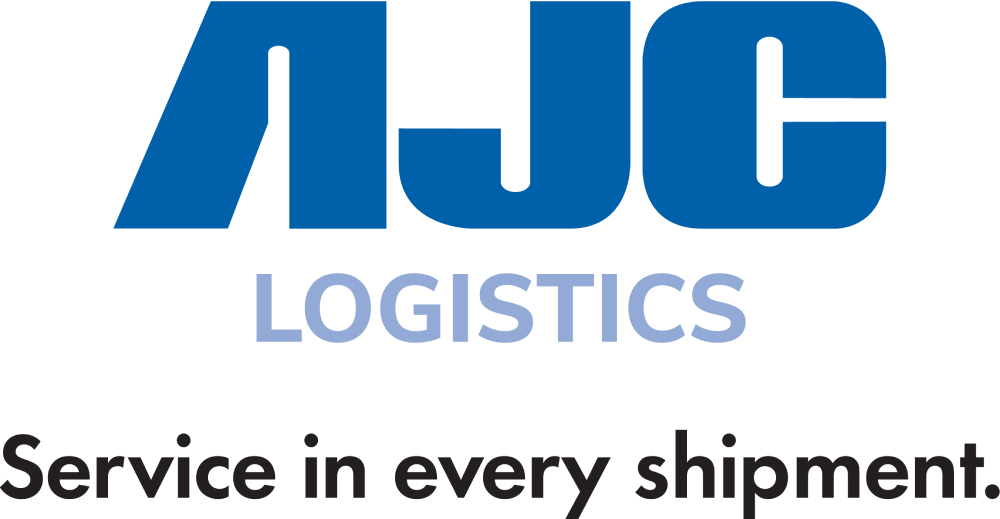Watch these e-commerce trends
Online sales keep growing for retailers—even though many consumers are now returning to their in-store shopping habits. The market share of digitally-originated retail sales is expected to reach 20% of total retail sales in 2021, up from 15.4% in 2015 and 19% last year.
The impact of burgeoning e-commerce on the transportation industry varies by shipper and carrier. For some it opens up new opportunities; for others, it’s a headwind to cope with. For all businesses, it is a growing reality.
E-commerce is traditionally associated with business-to-consumer sales. But B2B firms have learned from B2C e-commerce successes and are going digital, too, at an accelerated pace. By 2025, Gartner researchers are forecasting, 80% of B2B sales interactions between suppliers and buyers will occur in digital channels.
Consequently, every business needs to stay attuned to how e-commerce is affecting their own and their customers’ logistics.
Here are some notable e-commerce trends we’ve seen reported in various publications:
Retailers that invested in omnichannel fulfillment before the pandemic are reaping big rewards. Consumers have enthusiastically adopted the order-online, pickup-at-store concept, a.k.a. “click and collect,” that merges e-commerce with brick-and-mortar stores.
As online sales ramp up, businesses are retooling their transport and distribution practices to get storage and manufacturing closer to their customers. The result is companies scrambling for space in fulfillment, sorting, and distribution centers, especially those in urban areas. Experts say we are currently seeing the hottest market for industrial real estate in a century.
Hampered by labor shortages, warehouses are turning to robots and remotely controlled forklifts to make their operations more efficient.
To cope with high demand that is causing delays and lost shipments, FedEx and its competitors are beefing up their distribution networks.
In the near term, shippers and carriers don’t appear to be worrying much about any weakening of the economy. Their big concerns are shipping bottlenecks and the ongoing shortage of inventory. Until depleted inventories are replenished, a recent FreightWaves story noted, strong retail sales, tight supply chains, and high shipping rates may continue for 18 to 24 months.
However, some economists are less optimistic because federal support ends this fall for the one in four American households in either in rent or mortgage forbearance. That will erode a big source of consumer buying. Another wildcard for the economy, of course, is the highly contagious Delta variant of Covid-19.
Bottom line: The only thing we can truly count on is further uncertainty.
Remember, whether your business is B2B or B2C, whether you focus on e-commerce, traditional channels, or both, the name of the logistics game is now speed of delivery and flexibility.
AJC Logistics obviously can’t solve supply chain disruptions. But we can try to help you connect the dots on what’s happening in the trucking world, and of course, we will continue giving you top-notch service to resolve your transportation challenges.

